
Behind Street Names: Prominent People of Early Singapore
In colonial Singapore, streets were commonly named after prominent people, usually as a mark of appreciation for their contributions or services rendered to the community, society or state. The Koh Seow Chuan Collection is a valuable resource for historical and social research on Singapore.
What’s in a name? In the case of a street, it helps to identify the location of a place. It would be very difficult to find your way around if streets have no names. However, there is more to street names than just helping you to find your orientation and bearings.
Have you ever wondered why a street was given a particular name? Based on the Koh Seow Chuan Collection of legal documents and maps, we bring you nine streets of Singapore that connect us to the past. Much of Singapore’s early modern history is hidden behind street names we see everyday.
In early Singapore, the Municipal Councillors or Commissioners were in charge of naming the streets. Streets were commonly named after prominent people, usually as a mark of appreciation for their contributions or services rendered to the community, society or state. Thus, behind the street names there are stories about the people they were named after, their lives and achievements, and the part they played in making Singapore what it is today.
Jalan Tan Tock Seng
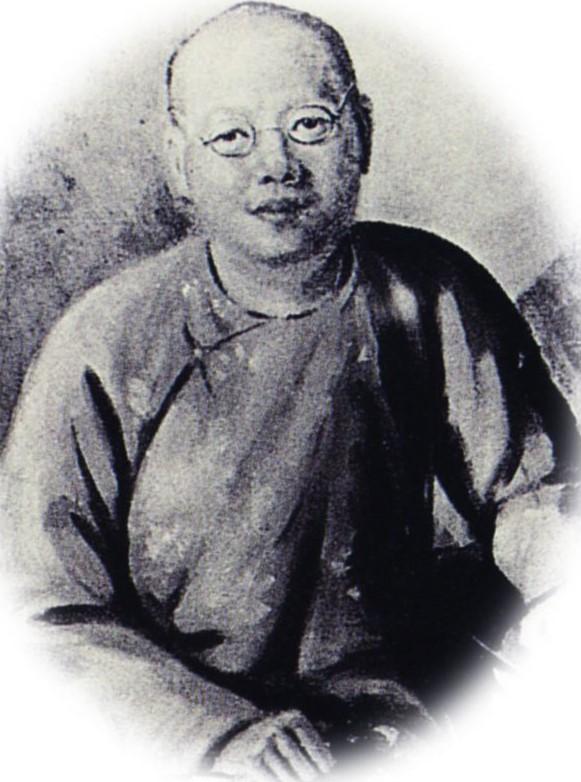
Jalan Tan Tock Seng is named after Tan Tock Seng. Situated off Moulmein Road, the road had existed as an unnamed road when the Tan Tock Seng Hospital moved to its present site in 1909.
Tan Tock Seng was best known and remembered as a philanthropist especially for the poor in the Chinese community. His contribution towards the setting up of the Chinese Pauper’s Hospital at Pearl’s Hill, which later carried his name, ranked as one of the most significant acts of philanthropy in early Singapore and prompted others to give generously to society for generations to come.

Chitty Road
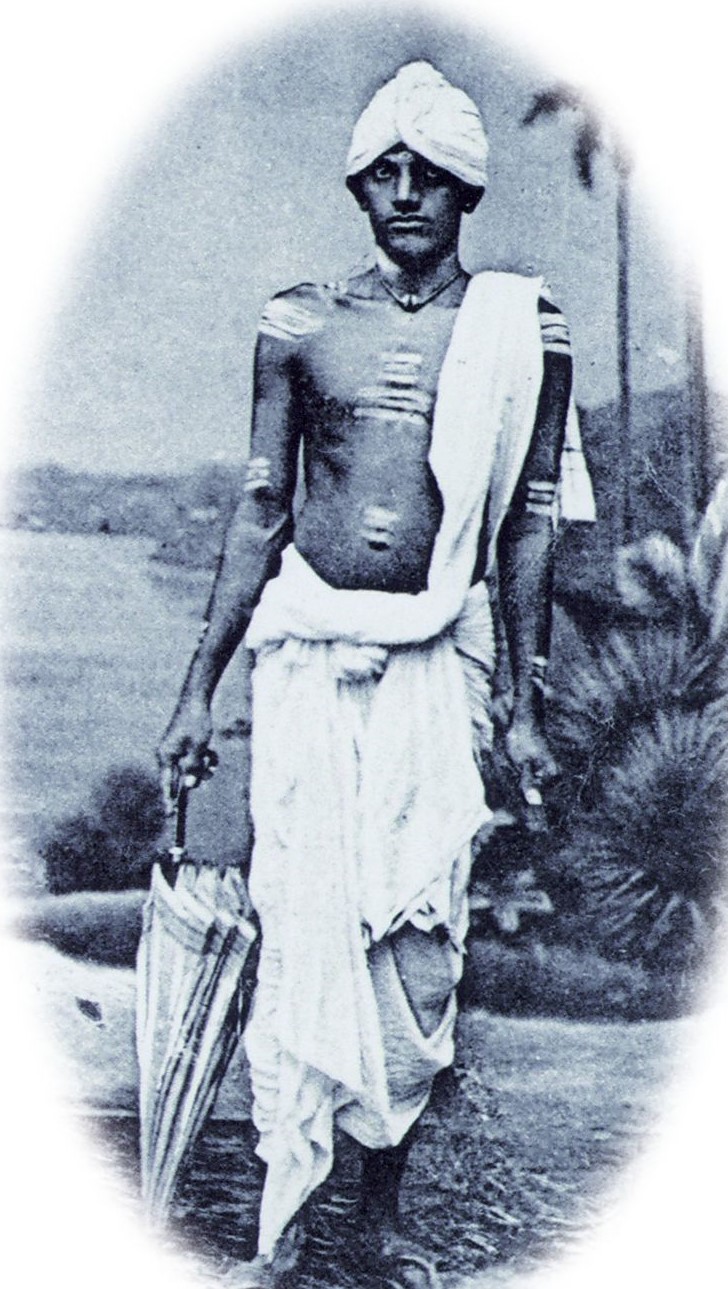
Chitty Road is named after the Chitty Melaka or Peranakan Indian community who migrated from Malacca to Singapore during the late 19th century and settled in the “Little India” area. In the past, it joined Kampong Kapor Road with Jalan Besar.
Some of the Peranakan Indian immigrants found jobs in the public sector working for the colonial government while the others worked as merchants. Some of the merchants were engaged in money lending activities.
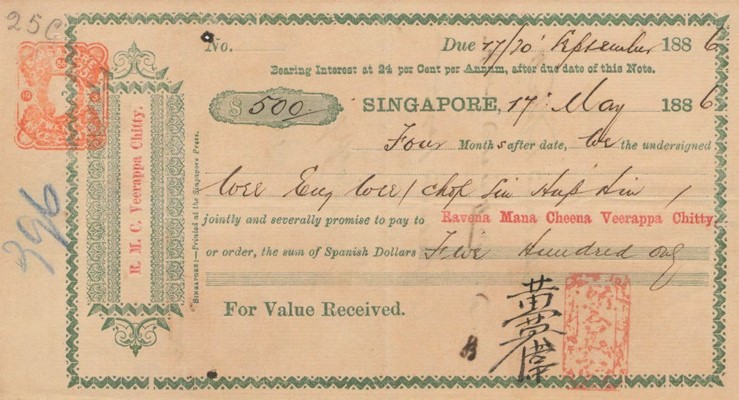
D’Almeida Street

Located in the oldest commercial section of Singapore Town in Raffles Place, D’Almeida Street is named after Dr Jose D’Almeida. It is one of the oldest streets in Singapore situated in what was then known as “Commercial Square”, where many of the earliest mercantile firms were located. Reference has been made to the street’s name as early as 1861.
Jose D’Almeida was a surgeon in the Portuguese navy who came to Singapore in 1825. On his arrival, D’Almeida established his medical practice in Commercial Square (Raffles Place) under his own name. Soon he decided to become a merchant as well. His business flourished. Later, he included his sons as his business partners and the company was renamed Jose D’Almeida & Sons.

Besides being a merchant, D’Almeida was believed to be the first to venture into plantations in Singapore. He experimented with planting various crops including cotton, coconuts, fruits and spices.
Eu Tong Sen Street
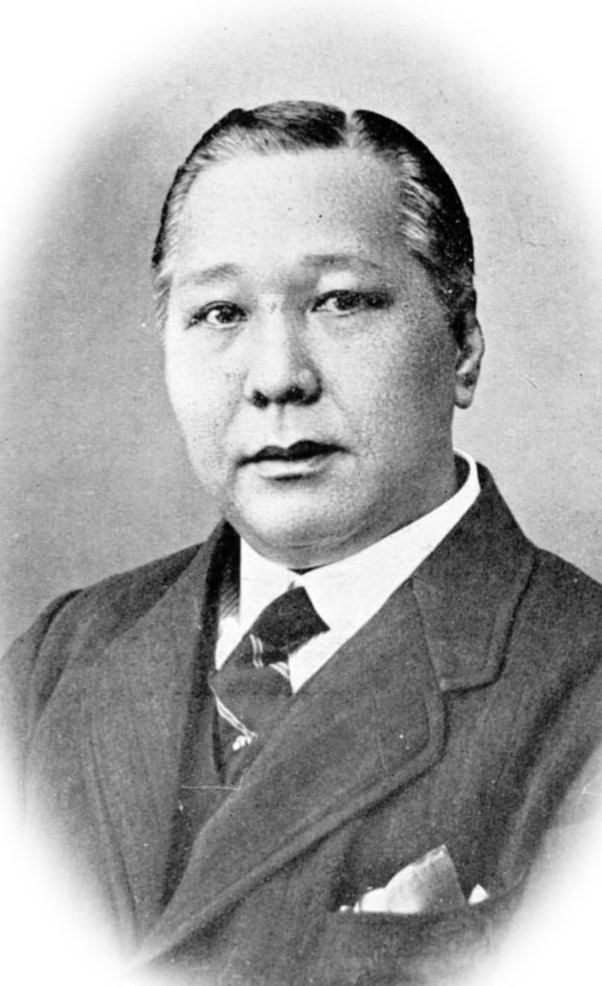
In 1918, part of Wayang Street in Chinatown was improved by Eu Tong Sen. The improvements included an extra bridge as well as new railings for the monsoon drain on the New Bridge Road side of Wayang Street, and back lanes for the new theatres that he was about to build along that stretch of Wayang Street. The rebuilt stretch of Wayang Street was renamed Eu Tong Sen Street in 1919 in recognition of his contribution.
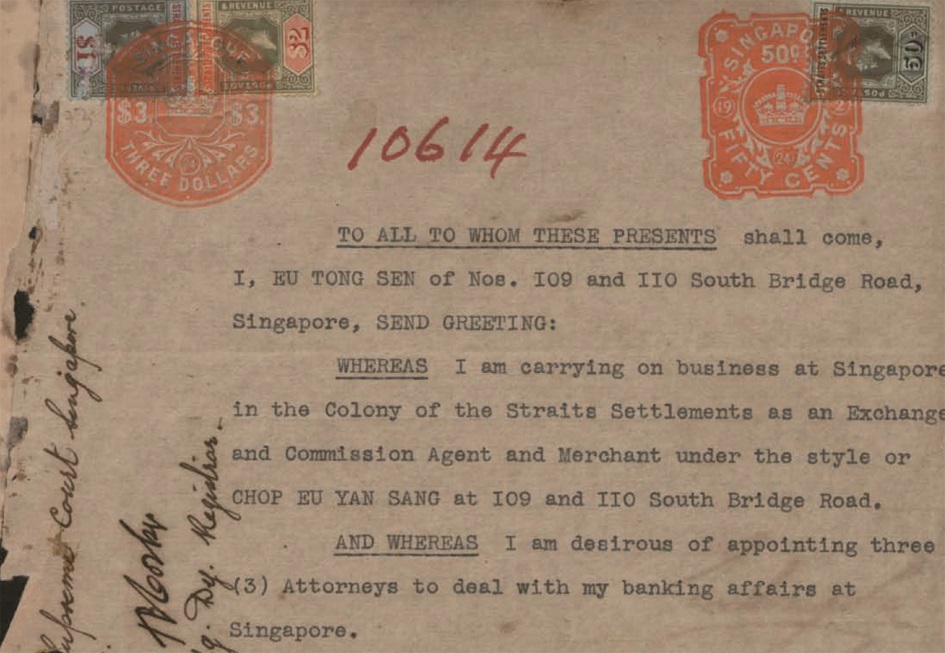
Eu Tong Sen was very active in Malaya where he owned several tin mines, medicine shops as well as rubber plantations. He also immersed himself in public affairs being a Justice of the Peace in Perak as well as the Chinese representative in the Federal Council of the Federated Malay States from 1909-20. He was conferred the Order of the British Empire for his services.
Kim Seng Road
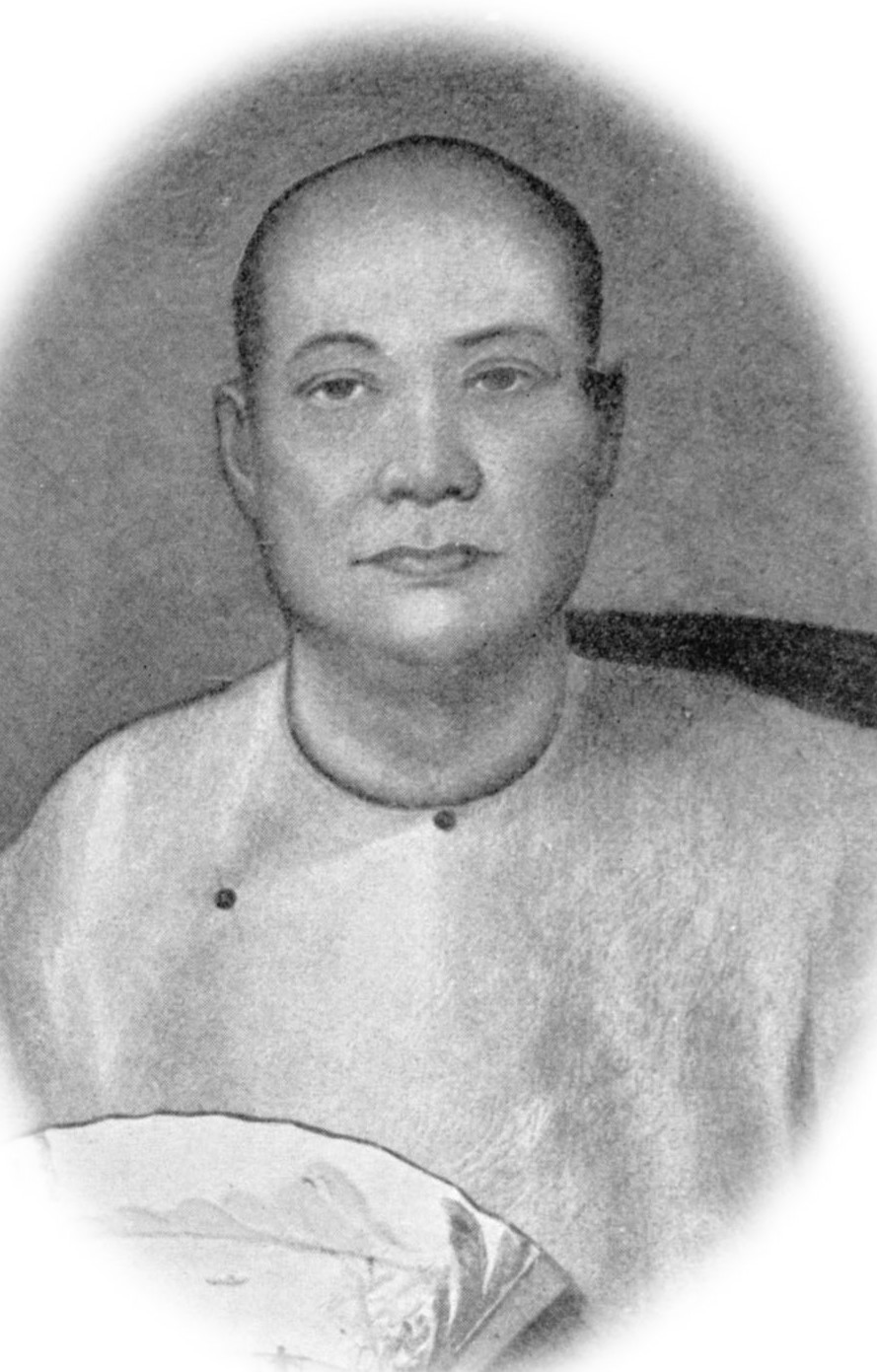
Kim Seng Road is named after Tan Kim Seng, a respected community leader and public benefactor, who bore the cost of building the road in the early 1860s.
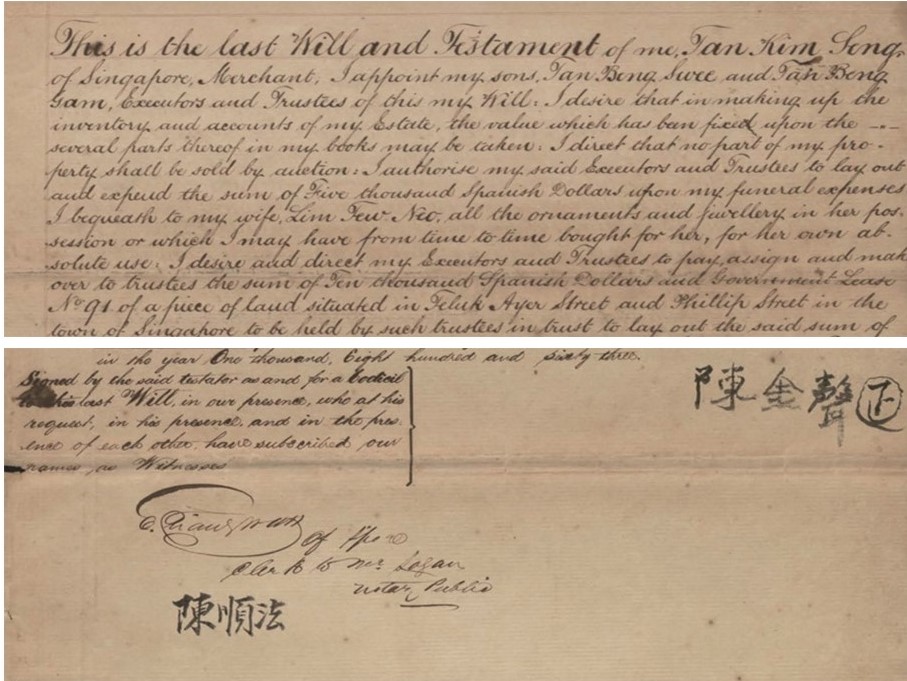
Tan Kim Seng was one of the earliest settlers from Malacca. A prominent public benefactor and merchant, he came to Singapore at an early age. He established his mercantile firm, Kim Seng & Co., at Boat Quay in 1842. It soon flourished. By the early 1850s, the company had branches at Malacca, Macassar and Shanghai. It also owned land and property in Singapore, and Tan Kim Seng became one of the wealthiest and most prominent Chinese merchants.
Alkaff Avenue

Alkaff Avenue was named after the Alkaff family of Arab traders and landowners in Singapore. Located off Upper Serangoon Road, it once led to the famous Alkaff Gardens that used to grace much of the present Sennett Estate area.
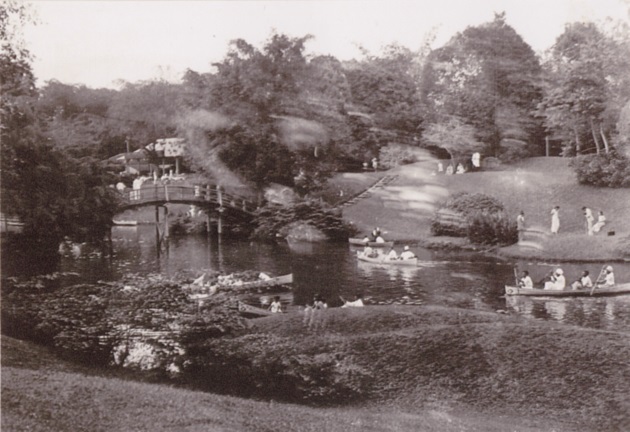
The first member of the Alkaff family, Syed Mohammed bin Abdulrahman Alkaff arrived in Singapore in 1852. He was a trader from Indonesia who invested in land and property here.
Whampoa Road
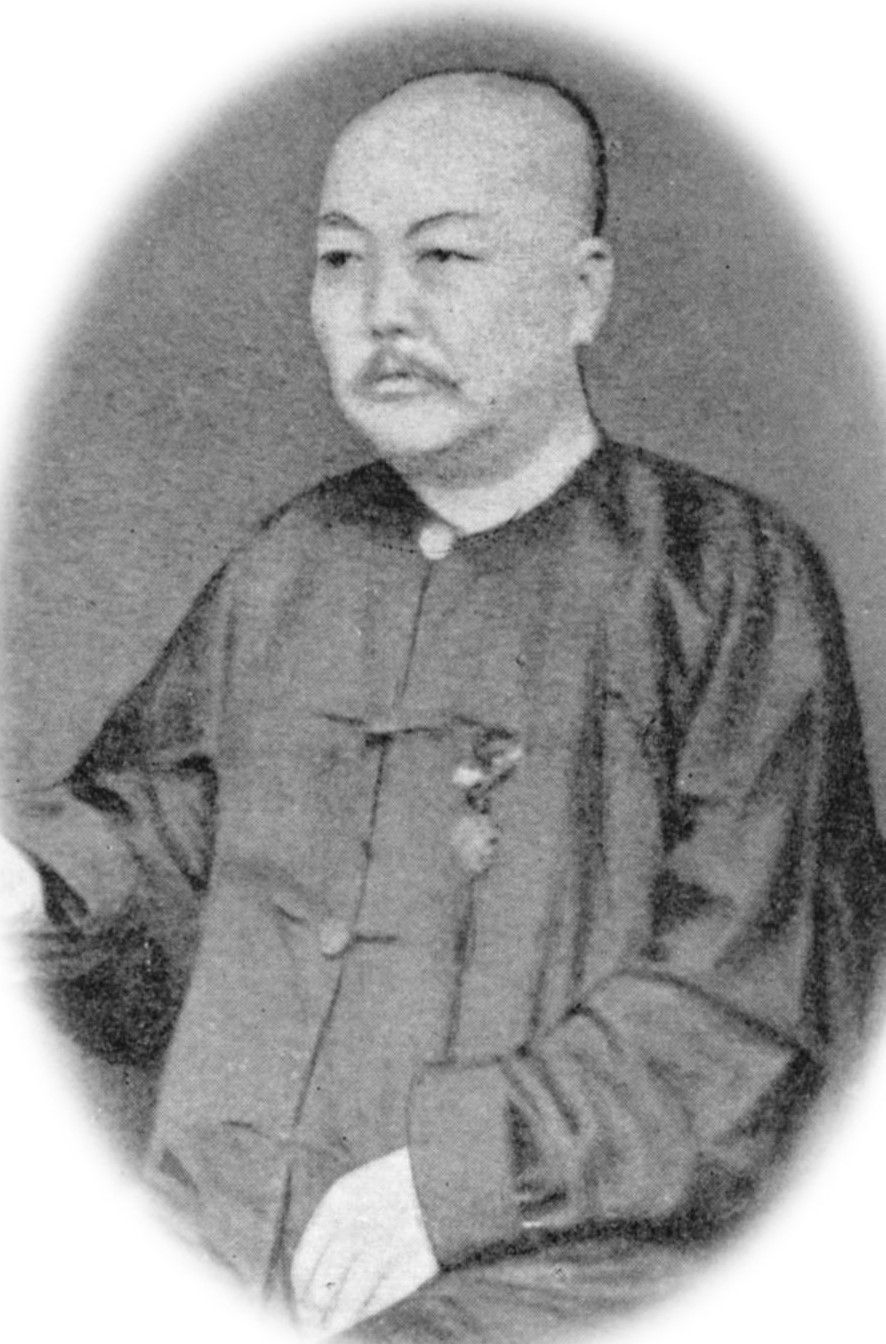
Whampoa Road is named after Hoo Ah Kay, a prominent entrepreneur and public servant, who was popularly known as Whampoa after his birthplace, a suburb, in Canton. The road stretched from Kim Keat Road and ended at Whampoa Square.

An enterprising and well-respected man, Whampoa was appointed a Justice of the Peace, a Grand Juror, and Consul for China, Japan and Russia in Singapore. He was the first local to be appointed to the Legislative Council in 1869. On 10 May 1876, he was appointed to the C.M.G. (Companionship of the Most Distinguished Order of St Michael and St George), the first Chinese to be bestowed this honour by Britain.
Jiak Kim Street
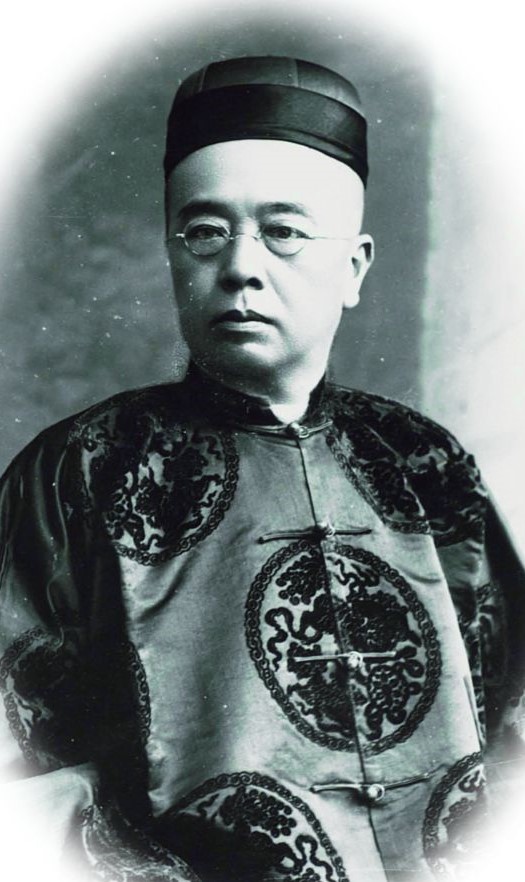
Jiak Kim Street is named in the late 1910s, after Tan Jiak Kim, a grandson of Tan Kim Seng. Before the development of the area, shops, offices, stores and godowns used to line the street. Now the area has been developed into one of riverfront living, with condominiums and a hotel.
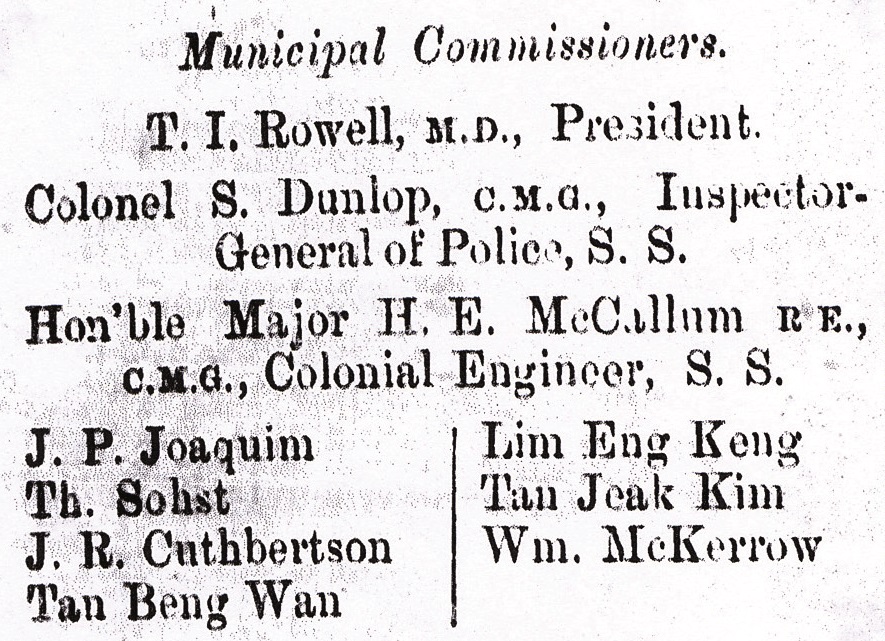
Tan Jiak Kim is renowned for his service to the government and community. He was appointed to the Legislative Council in 1889 when he was only 30 years old. He was also a Municipal Commissioner, member of the Chinese Advisory Board, and a Justice of the Peace, and served on many Government commissions.
Nee Soon Road

Nee Soon Road was named after Lim Nee Soon in 1950. It was regarded as a “rural” road being far away from the town. In the early 1900s, rubber plantations were found here, where Lim embarked on his pioneering journey as a rubber and pineapple planter.

Lim Nee Soon played an active role in the public affairs of the Colony, especially in education. He was a Justice of the Peace and a member of the Rural Board. He contributed generously to the Chinese High School and was its treasurer when it was opened in 1919.
Link nội dung: https://phamkha.edu.vn/he-was-the-most-prominent-a39005.html